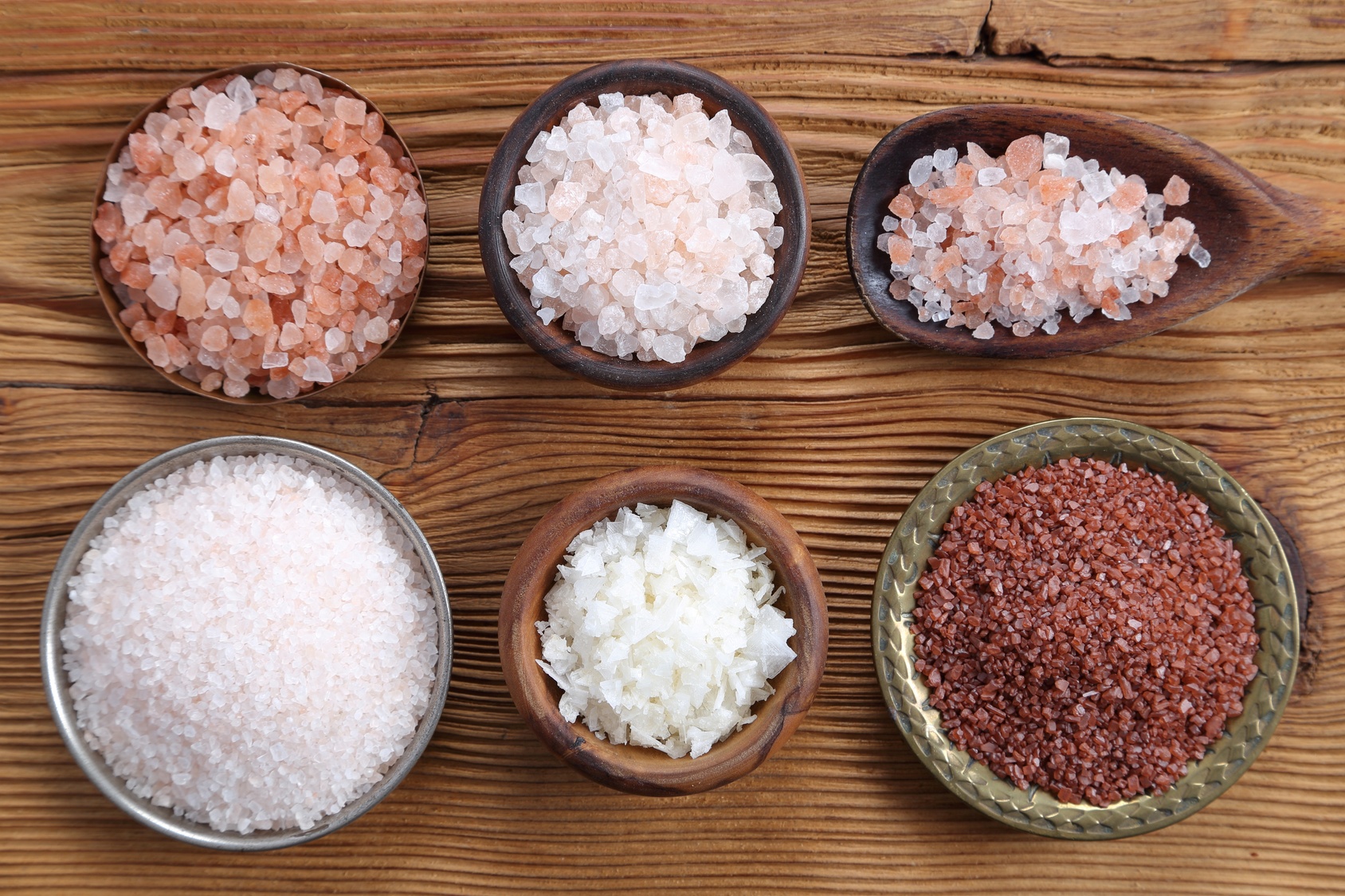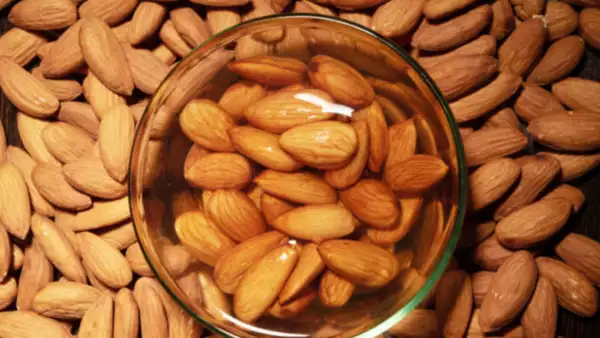Salt is an essential component of our diet, but its impact on blood pressure has long been a topic of concern. For individuals looking to manage their blood pressure, understanding the types of salt and their effects is crucial. Here are some of the healthiest salt options for controlling blood pressure:
- Himalayan Pink Salt:
- Himalayan pink salt is often touted as a healthier alternative to regular table salt. It contains trace minerals like potassium, magnesium, and calcium, which are beneficial for health. However, it is still primarily sodium chloride, so it should be used in moderation.
- Himalayan pink salt is often touted as a healthier alternative to regular table salt. It contains trace minerals like potassium, magnesium, and calcium, which are beneficial for health. However, it is still primarily sodium chloride, so it should be used in moderation.
- Sea Salt:
- Sea salt is produced through the evaporation of seawater and contains small amounts of minerals. While it may have a slightly different flavor and texture than table salt, it has a similar sodium content. It’s crucial to use sea salt sparingly to manage blood pressure effectively.
- Sea salt is produced through the evaporation of seawater and contains small amounts of minerals. While it may have a slightly different flavor and texture than table salt, it has a similar sodium content. It’s crucial to use sea salt sparingly to manage blood pressure effectively.
- Potassium Salt:
- Potassium salt, or potassium chloride, is a popular alternative for those needing to reduce sodium intake. Potassium can help balance the negative effects of sodium and support healthy blood pressure levels. However, people with kidney problems should consult a doctor before using potassium salt.
- Potassium salt, or potassium chloride, is a popular alternative for those needing to reduce sodium intake. Potassium can help balance the negative effects of sodium and support healthy blood pressure levels. However, people with kidney problems should consult a doctor before using potassium salt.
- Low-Sodium Salt:
- Low-sodium salt blends often contain a mixture of sodium chloride and potassium chloride, offering a reduced sodium content. These can be beneficial for those looking to lower their sodium intake while still enjoying the flavor of salt.
- Low-sodium salt blends often contain a mixture of sodium chloride and potassium chloride, offering a reduced sodium content. These can be beneficial for those looking to lower their sodium intake while still enjoying the flavor of salt.
- Kosher Salt:
- Kosher salt has larger grains and a less intense flavor compared to table salt, which might lead to using less of it. However, its sodium content is comparable to regular salt, so portion control remains important.
- Kosher salt has larger grains and a less intense flavor compared to table salt, which might lead to using less of it. However, its sodium content is comparable to regular salt, so portion control remains important.
- Celtic Sea Salt:
- Celtic sea salt is harvested from coastal regions in France and retains a slightly moist texture and a grayish hue. It contains trace minerals and has a lower sodium content per teaspoon compared to table salt, making it a favorable option for some.
Tips for Managing Salt Intake:
- Read Labels: Check nutrition labels for sodium content in processed and packaged foods.
- Cook at Home: Prepare meals at home where you can control the amount of salt added.
- Use Herbs and Spices: Enhance flavor with herbs, spices, and other seasonings instead of relying on salt.
- Limit Processed Foods: Reduce intake of processed and fast foods, which are often high in sodium.
- Stay Hydrated: Drink plenty of water to help your body balance sodium levels.
While choosing a healthier salt can make a difference, the most effective way to control blood pressure is to monitor overall sodium intake and maintain a balanced diet. Always consult with a healthcare professional before making significant changes to your diet, especially if you have existing health conditions.




